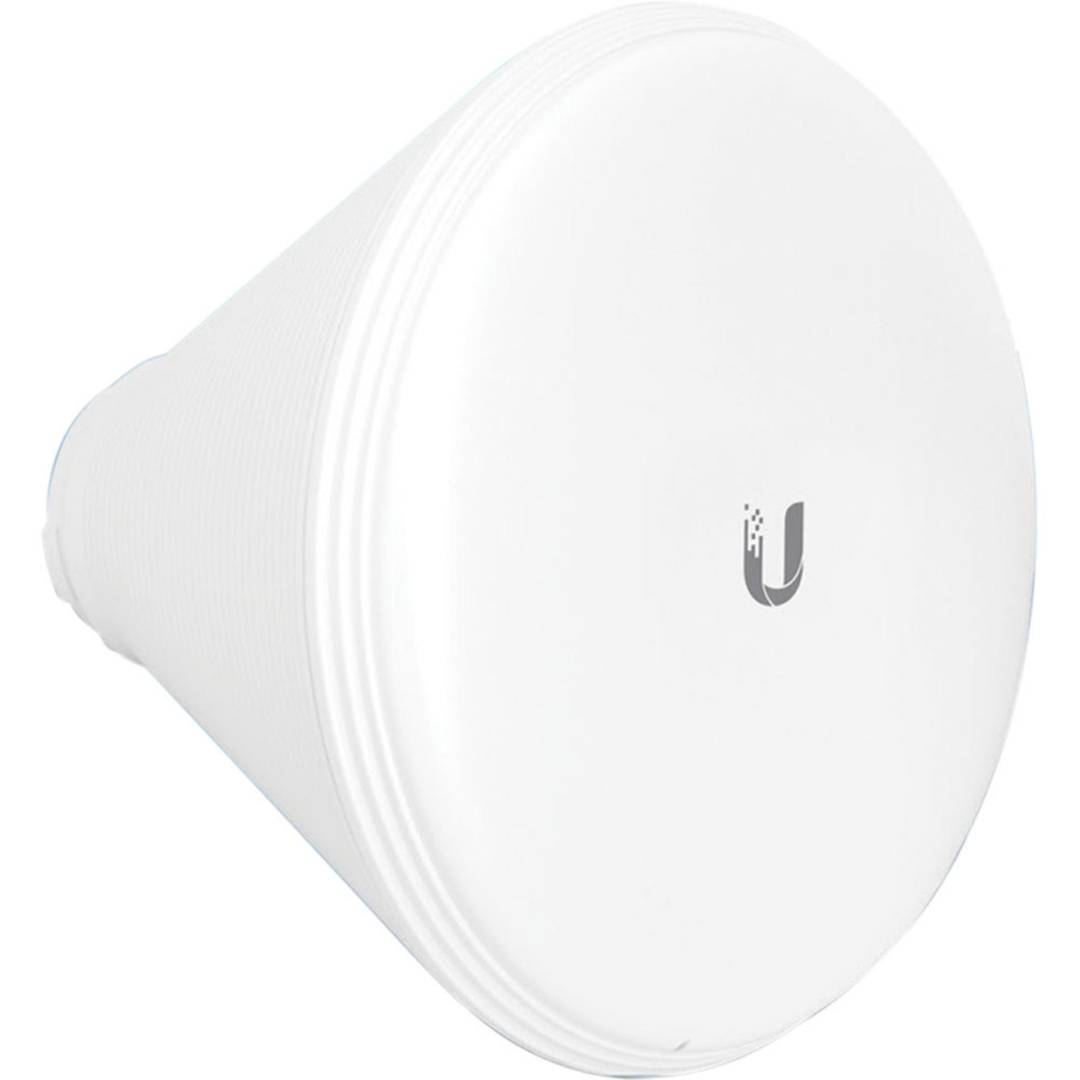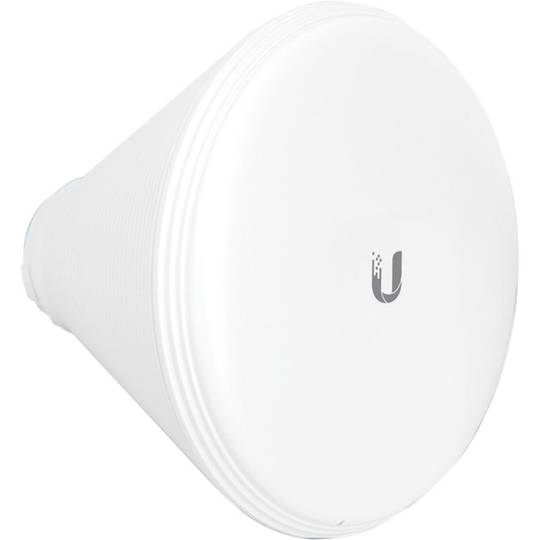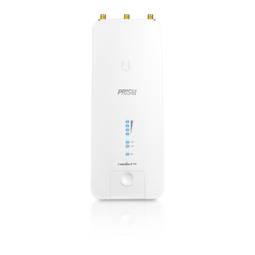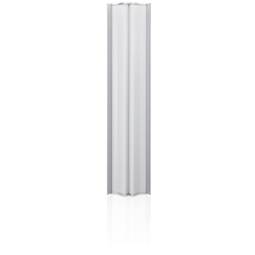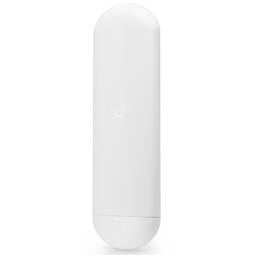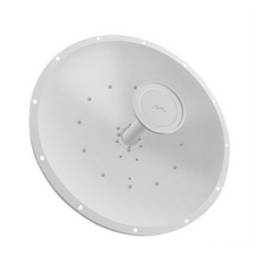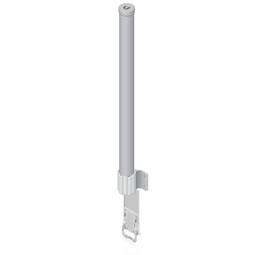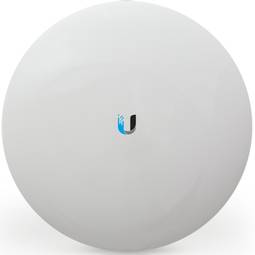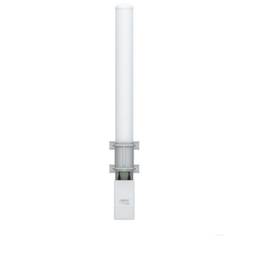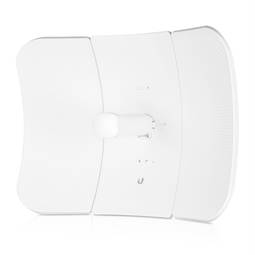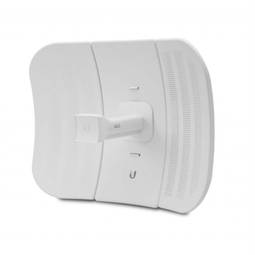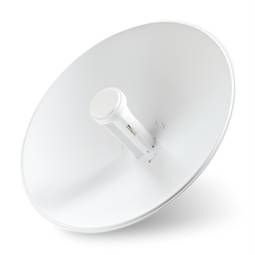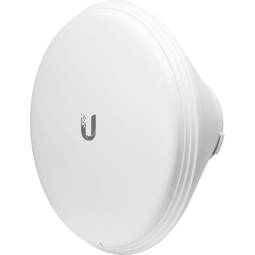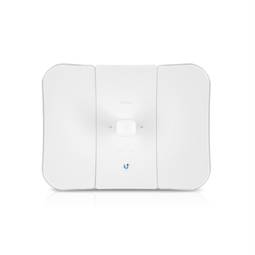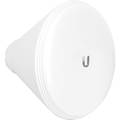05/07/2024 4:42 a.m.
https://cablematic.com/en/products/ubiquiti-horn-5-30-airmax-30o-antenna-for-isostation-and-prismstation-UI191/
https://cablematic.com/en/products/ubiquiti-horn-5-30-airmax-30o-antenna-for-isostation-and-prismstation-UI191/
Ubiquiti Horn 5-30 Airmax 30º antenna for Isostation and Prismstation
REF: UI191
Specifications
- Ubiquiti Networks HORN-5-30
- Antenna gain (max): 19 dBi
- Band frequency: 5.15 - 5.85 GHz
- Horizontal beam width: 30°
- Antenna Type: Horn Antenna
PVP
€77.07
Price including VAT:
€77.07
PVD
€74.10
PVP: Retail price.
Check conditions.
PVP: Sale price to distributors.
Check conditions.
Buy before:
Receive it:
6 business days
Delivery times are approximate. Cablematic is not responsible for delays.
warranty
returns
safe
Specifications
- Ubiquiti Networks HORN-5-30
- Antenna gain (max): 19 dBi
- Band frequency: 5.15 - 5.85 GHz
- Horizontal beam width: 30°
- Antenna Type: Horn Antenna
More info
Dual polarized Ubiquiti horn antenna for use in the 5.15-5.85 GHz band. This antenna offers a maximum gain of 19 dBi with a Voltage Standing Wave Ratio (VSWR) of 1.7:1. The depth of this antenna is 184.2 mm, with a diameter of 22.1 cm and a weight of 1.1 kg. The horizontal beam width is 30°. Ubiquiti offers this antenna in individual packages, each containing one piece. Manufactured by Ubiquiti with reference HORN-5-30.
Specifications
Specifications
- Ubiquiti Networks HORN-5-30
- Antenna gain (max): 19 dBi
- Band frequency: 5.15 - 5.85 GHz
- Horizontal beam width: 30°
- Antenna Type: Horn Antenna
- Polarization: Dual Polarization
- Voltage Standing Wave Ratio (VSWR): 1.7:1
- Depth: 184.2mm
- Diameter: 22.1cm
- Weight: 1.1kg
- Quantity per package: 1 pc(s)
- Ubiquiti manufacturer reference: HORN-5-30
- Ideal for: increasing the signal in long-distance wireless networks.
- Compatibility: wireless equipment with frequencies between 5.15 and 5.85 GHz.
- Connections: N-type connection.
- Features: 19 dBi gain dual polarized horn antenna.
- White color.
- Technology: Designed with horn antenna technology.
- Gross Weight: 2.0 kg
- Number of packages: 1
- Master-pack: 1
Technical terms
- Hz
- dBi
Hz
One hertz is one cycle per second, meaning repeating cycle as an event. For example, hertz is applied physics measuring the number of times for a second wave (either acoustic or electromagnetic) is repeated or can be applied, among other uses, to ocean waves that reach the Beach vibrations per second or a solid. The quantity that measures the frequency hertz is called,in this regard, the inverse of the period. One hertz is an oscillation frequency of suffering a particle over a period of one second.


